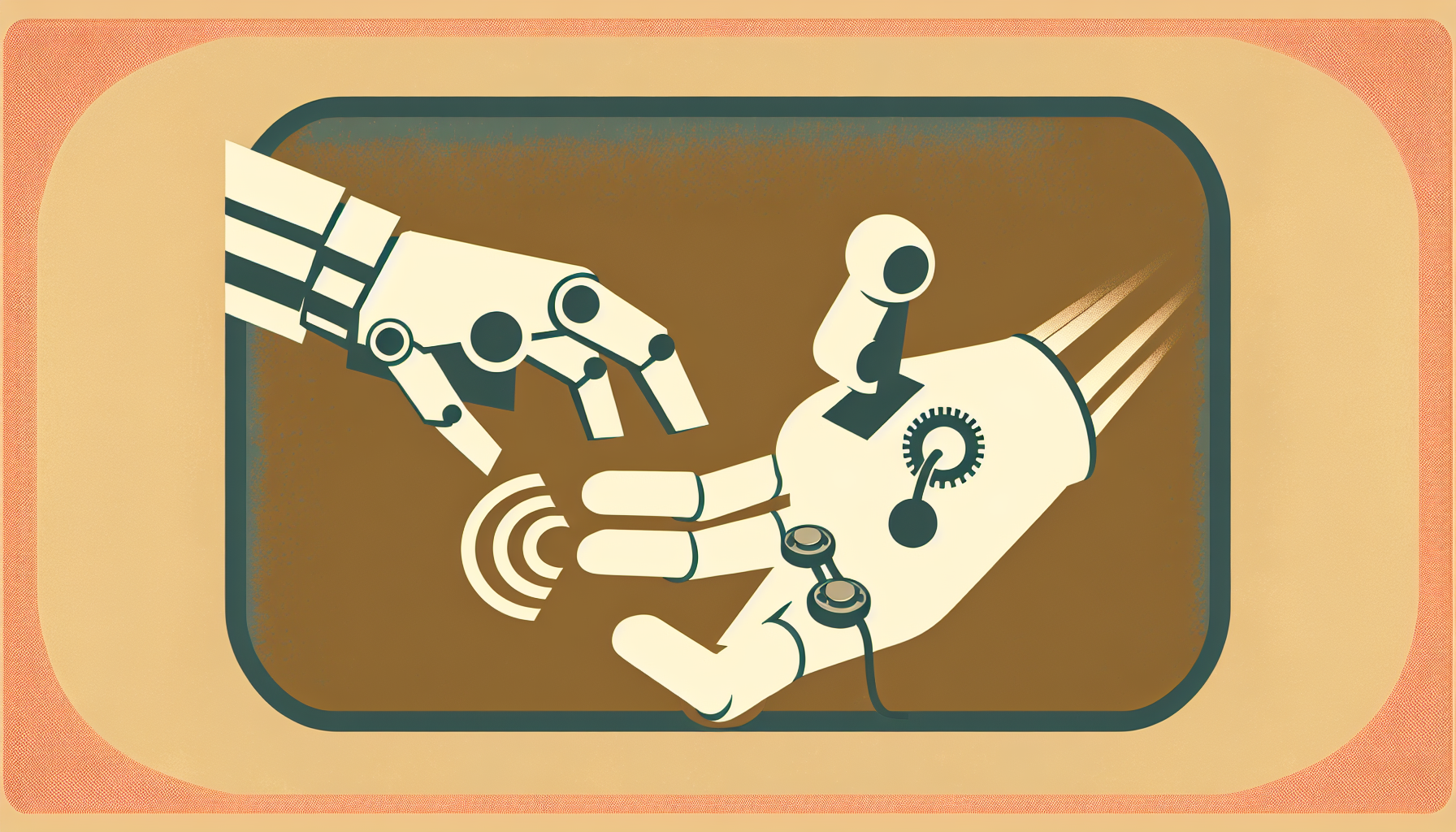In a world where artificial intelligence is steadily becoming smarter, faster, and more deeply embedded in our daily lives, the question of autonomy versus control presents itself as a rather important conundrum. Imagine, if you will, the predicament of a parent trying to babysit a teenager with a rocket scientist’s brain who insists they’re ready to build a spaceship in the garage. Welcome to the entertaining world of AI autonomy.
The Alluring Dream of Autonomy
Why is AI autonomy such an attractive prospect? For starters, imagine AI systems that operate independently without needing constant supervision — the ultimate in automated problem-solving. Think of autonomous vehicles navigating flawlessly through city traffic, or intelligent assistants managing our entire schedule, leaving us to relax by the beach — because, apparently, life could be a beach with enough AI.
Autonomy promises innovation unrestrained by human limitations. An AI system that can independently synthesize information, analyze data, and make decisions has tremendous potential. It could advance the fields of medicine, science, and engineering in ways we mere humans might take several more generations to achieve.
But like letting a puppy run off-leash for the first time, autonomy invites risk. There’s freedom, but there’s also the chance they’ll dig up the neighbor’s flowerbed. In this metaphor, imagine the AI deciding flowers would look better without petals.
The Case for Control
With great power comes great responsibility — or, at the very least, the need for oversight. Control serves as a safeguard, ensuring AI systems operate safely, transparently, and align with human values. After all, what good is a skyscraper if it’s built on quicksand?
The importance of control becomes even clearer when considering potential biases and errors in AI systems. History might paint us a comic picture of AI deciding that cats should be in charge of our governments based on internet popularity alone. Even the most innovative AI can still make silly, unintended conclusions if not steered properly.
Balancing Act: Navigating the Tightrope
The challenge lies in striking the right balance between autonomy and control. Too much control, and we stifle innovation, turning our ingenious AI tools into little more than highly sophisticated Toaster 2.0s. Too little control, and we open the door to unanticipated consequences that can range from inconvenient to downright dystopian.
Here’s where we, as conscientious creators and beneficiaries of AI, must take the delicate tightrope walk seriously. Fortunately, there are ways to maintain balance — even for those who occasionally trip over their own feet.
Principles in Practice
One such way is embedding ethical guidelines directly into AI systems. By instilling a sense of “right” and “wrong,” AI can make decisions in line with broader societal values. Sort of like giving our rocket-scientist teenager a user manual for life (because teenagers love reading those).
Moreover, creating transparent systems where decisions made by AI can be tracked and understood by humans is crucial. This fosters trust and enables corrective measures when AI behaves more like a rebellious teenager than an obedient offspring.
The Role of Regulation
We must also consider the role of regulation as a mechanism for facilitating this balance. Regulatory policies can serve as guardrails, preventing AI from speeding dangerously down the freeway of innovation without consideration for other, slower drivers — a.k.a us.
However, regulation is best when it’s as nimble as a cat landing on its feet. It needs to evolve with technological advancements, otherwise, it risks becoming outdated and potentially stifling progress rather than guiding it.
Passing the Torch
Remarkably, humans are not entirely alone in this quest to balance autonomy and control. AI itself can be a powerful ally in identifying areas where regulation is beneficial, offering insights that remind us communication is a two-way street. Just as humans teach AI, AI can help teach humans the outcomes of their regulatory strategies.
In sum, the dance between autonomy and control in the world of AI is part tango, part cha-cha, and occasionally a dash of slapstick comedy. It’s a relationship that calls for humor, patience, and more than a little creativity.
As we continue to hone our understanding and application of AI, remembering the lessons embedded in both autonomy and control will keep us prepared for whatever the future of intelligent systems may hold. After all, if we can’t guide an AI system through a complex decision, can we at least ensure it won’t attempt to reprogram the coffee machine to launch space shuttles? Now that’s a balancing act worth enjoying.

Leave a Reply